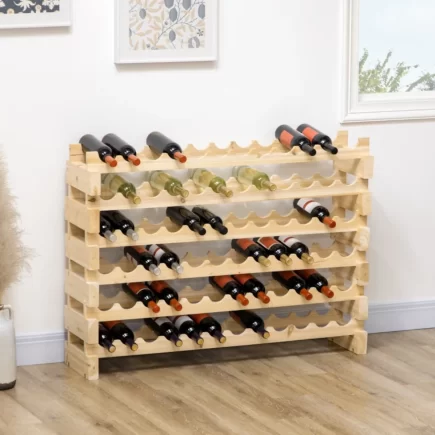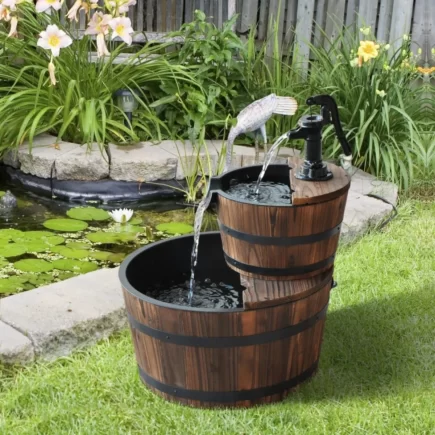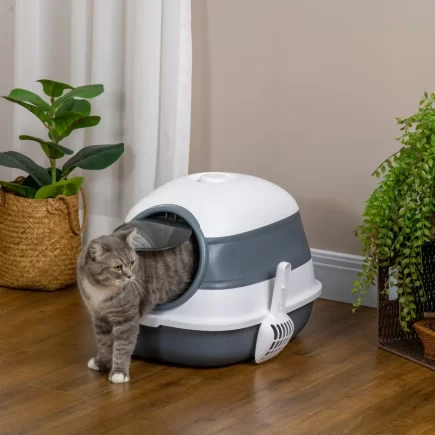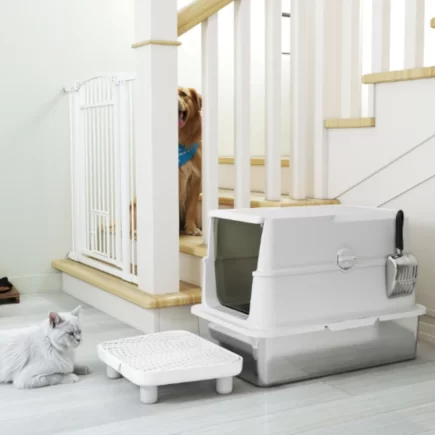Ants are one of the most persistent household pests, and when they show up on your dining table, it’s more than just irritating. Their presence is a direct concern for food hygiene, comfort, and peace of mind. A few scout ants might seem harmless, but they’re often a sign of a much larger colony nearby. Left unchecked, that single trail on your table can quickly turn into an invasion.

Fortunately, you don’t need to immediately resort to chemical sprays or professional exterminators. With a combination of consistent cleaning habits, natural repellents, and safe home remedies, you can remove ants effectively and keep them from returning. This article explains the most effective strategies to get rid of ants on your dining table without duplication or unnecessary overlap, giving you a streamlined approach that really works.
1. Immediate Cleanup: The Essential First Defense
The first and most important step is simple: clean. Ants are drawn to food residue, sugary spills, and even the faintest scent trails left behind by scouts. If these traces remain, any treatment you use will only be temporary.
Eliminating Ant Trails
Ants navigate primarily through pheromones, chemical scent markers that tell the colony where food is located. If you eliminate these trails, you not only stop the ants you see but also prevent more from arriving.
Key Cleanup Areas Around the Dining Table
| Area | What to Clean | Why It Matters |
| Table surface | Wipe with mild soap or vinegar spray | Removes food residue and scent trails |
| Chair legs & under chairs | Wipe and vacuum | Ants often hide here unnoticed |
| Floor under the table | Sweep and mop | Crumbs and spills fuel infestations |
| Decorative items | Check for sticky residue or drink stains | Sugary spills can attract ants |
Pro Tip: Always clean immediately after meals. Even tiny crumbs or juice rings on the table are enough to attract ants overnight.
Once your dining area is spotless, you can move on to repellents and barriers that make your table far less appealing.
2. Clean & Repel: Breaking the Trail Naturally
After cleaning, the next step is making sure ants can’t find their way back. The following natural repellents are safe to use around food and children, yet highly effective at blocking pheromone trails.
Vinegar Spray
- Mix equal parts distilled white vinegar and water in a spray bottle.
- Use it to wipe the table, chair legs, and baseboards.
- Spray along entry points like cracks, window sills, or door gaps.

Vinegar not only removes scent trails but also leaves a mild odor that ants dislike. Unlike harsh chemicals, it evaporates quickly and won’t harm surfaces.
Essential Oils
Ants depend heavily on smell, and essential oils disrupt their navigation. Peppermint, tea tree, and citrus oils are particularly effective.
DIY Essential Oil Spray:
- 1 cup water
- 30–40 drops peppermint or tea tree oil
- 1 teaspoon rubbing alcohol (helps the oil blend)
Spray around table legs, floor edges, or any entry points. The refreshing scent is pleasant for you but disorienting for ants.

Citrus-Based Repellents
Citrus fruits contain d-limonene, a compound toxic to ants. Instead of throwing away lemon or orange peels, put them to work:
- Rub fresh peels directly onto table legs or ant trails.
- Leave small strips near baseboards or window sills.
- Use a lemon juice and water spray (1:3 ratio) to clean surfaces.

This not only repels ants but leaves your dining space smelling bright and fresh.
3. Powders & Barriers: Stopping Ants in Their Tracks
If ants keep making their way back, powders can act as both physical and scent-based barriers. These remedies are simple but effective when placed strategically around the table.
Cinnamon
- Sprinkle ground cinnamon around the table legs or corners.
- Alternatively, soak cotton balls in cinnamon oil and leave them in problem spots.
Cinnamon masks pheromone trails and creates a natural, safe barrier without overwhelming your dining area.
Cayenne Pepper
The strong heat and smell of cayenne pepper confuse ants’ senses.
- Lightly dust around the perimeter of the table or near baseboards.
- Avoid over-application to prevent irritation for pets or children.
Baby Powder (Talcum)
- Sprinkle around ant entry points or cracks.
- The powder disrupts pheromone trails and makes it difficult for ants to cross.

This is a quick, low-cost solution for temporary infestations.
Food-Grade Diatomaceous Earth (DE)
DE is a fine white powder made from fossilized algae. While harmless to humans and pets when food-grade, it’s deadly to ants because it dehydrates them.
- Lightly dust around the base of your dining table and under rugs.
- Reapply after vacuuming or mopping.
Note: Always use food-grade diatomaceous earth, not industrial-grade.
4. Kill & Bait: Targeting the Colony
While repellents and barriers stop ants from reaching your table, sometimes you need to go further and target the colony itself. This is especially true if trails reappear daily.
Baking Soda & Sugar Bait
- Mix equal parts baking soda and powdered sugar.
- Place in shallow lids or small containers near ant trails.
- Ants carry the sugar back, unknowingly sharing the baking soda with the colony.
The baking soda disrupts their internal systems, gradually killing them.
Borax or Boric Acid Solutions
Borax and boric acid are boron-based compounds widely used for pest control. Both are slow-acting, giving ants time to return to the nest and share the bait.
Borax Bait:
- ¾ teaspoon borax
- ¼ cup sugar or syrup
- Mix into a paste and place under the dining table or near ant trails.
Boric Acid Paste:
- Equal parts powdered sugar and boric acid
- Add water to form a thick paste
- Place in small open containers or lids in corners
Over time, these baits work at the source, eliminating the entire colony.
Safety Tips: Keep borax and boric acid mixtures away from children and pets. Use shallow lids or covered bait stations for safety.
5. Long-Term Prevention
Eliminating ants once doesn’t guarantee they won’t return. Long-term success requires consistency and preventive habits.
Best Practices for an Ant-Free Dining Table
- Clean daily: Wipe down the table, sweep crumbs, and mop spills immediately.
- Seal food properly: Store sugar, honey, and snacks in airtight containers.
- Inspect entry points: Seal cracks in walls, caulk window gaps, and check baseboards.
- Rotate repellents: Alternate between vinegar, oils, and powders to keep ants from adapting.
- Outdoor checks: Sometimes the source is just outside. Trim plants or branches touching your home, as these can act as “bridges” for ants.
Combining Methods for a Clean, Ant-Free Dining Table
Getting rid of ants on your Dining Table isn’t about finding a single miracle solution,it’s about combining multiple strategies into a consistent routine. Start by cleaning thoroughly to erase pheromone trails, then apply natural repellents like vinegar or essential oils to confuse ants. For persistent visitors, use powders like cinnamon or diatomaceous earth to block entry, and if needed, set out bait solutions such as baking soda or borax to target the colony directly.
With steady effort and the right mix of methods, you’ll not only clear your dining table of ants but also prevent them from coming back. A clean, ant-free dining space means more comfort, better hygiene, and peace of mind at every meal.
FAQs
1. Is it safe to use natural ant repellents if I have toddlers at home?
Most natural remedies like vinegar, lemon juice, and cinnamon are safe around children. However, baits made with borax, baking soda, or essential oils should be placed out of reach, especially if they’re in open containers.
2. Can ants live inside or under my dining table?
Absolutely. Ants may nest inside hollow legs, cracks in wooden joints, or under table feet with felt padding. Inspect these hidden areas, especially if you spot ants on the surface with no obvious entry trail.
3. Why do ants keep targeting my table even after I remove food?
If the ants have already established a reliable route to your table, they’ll keep checking the spot out of habit. Breaking the trail with scent disruptors like vinegar or lemon is essential, even if no food is left.





























